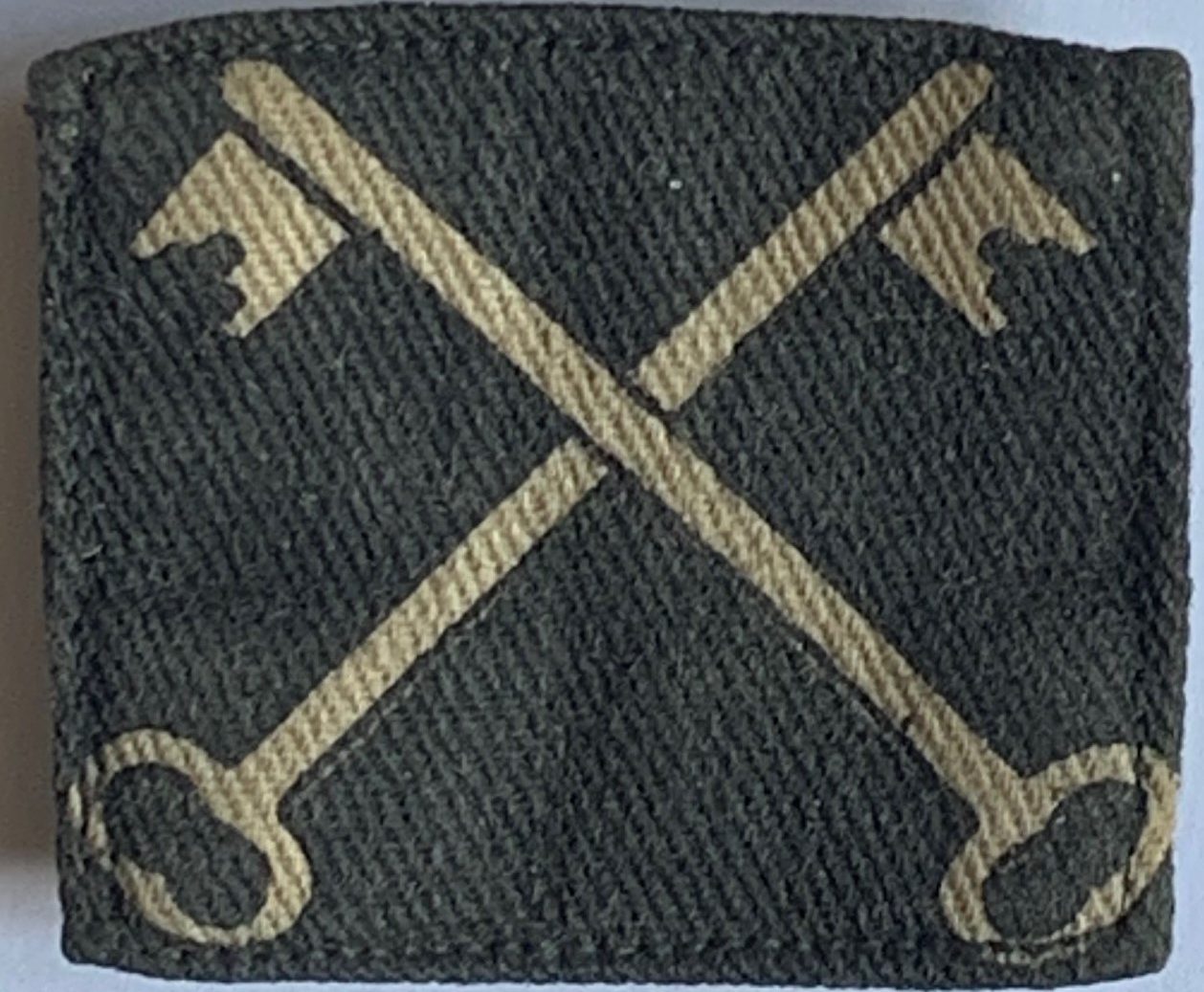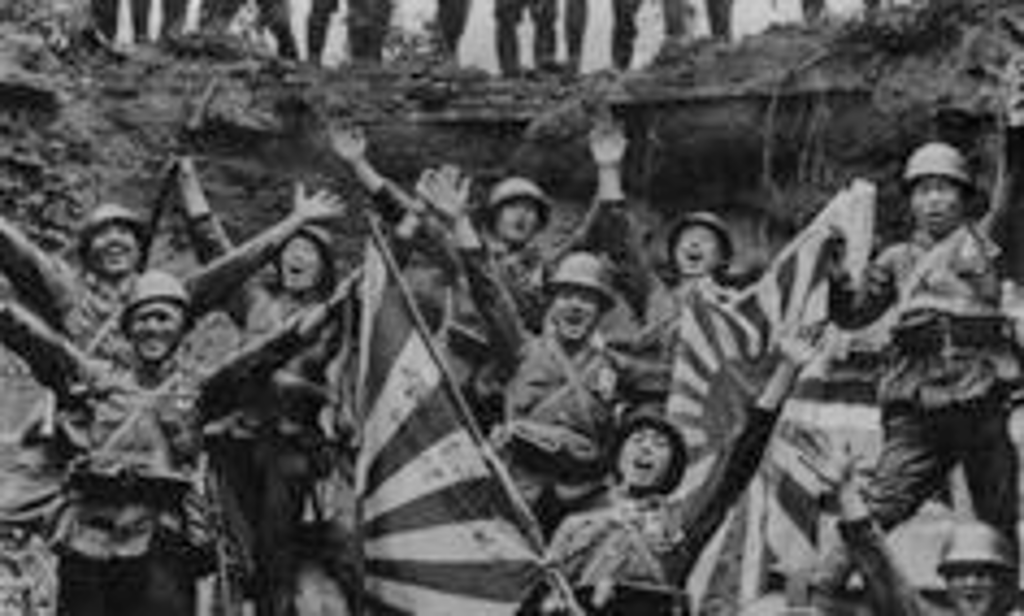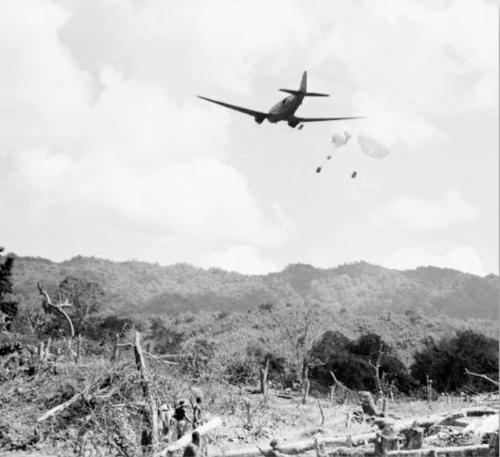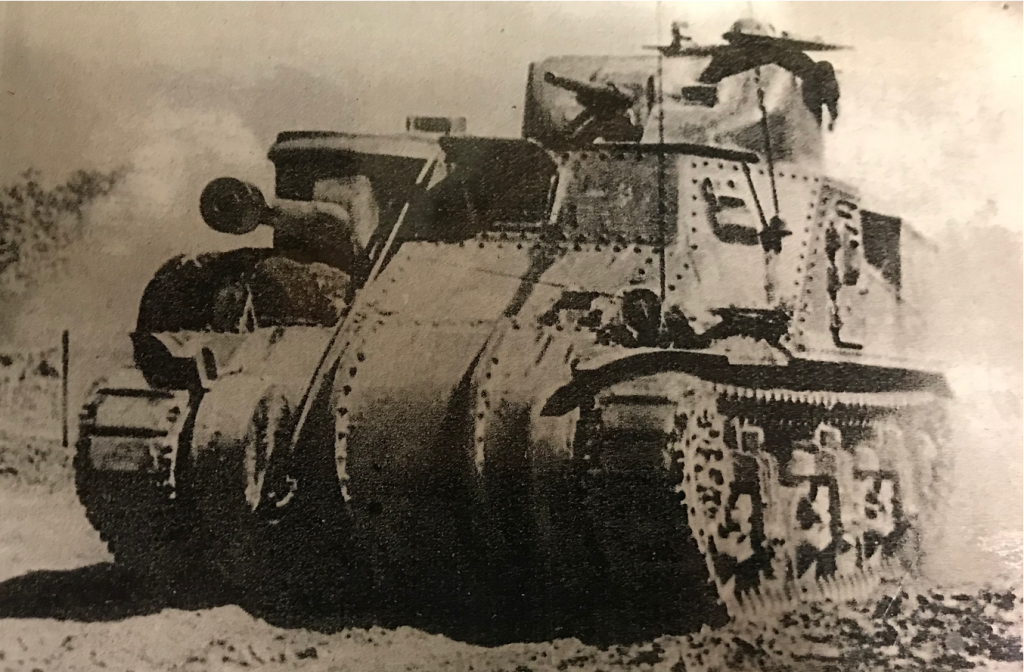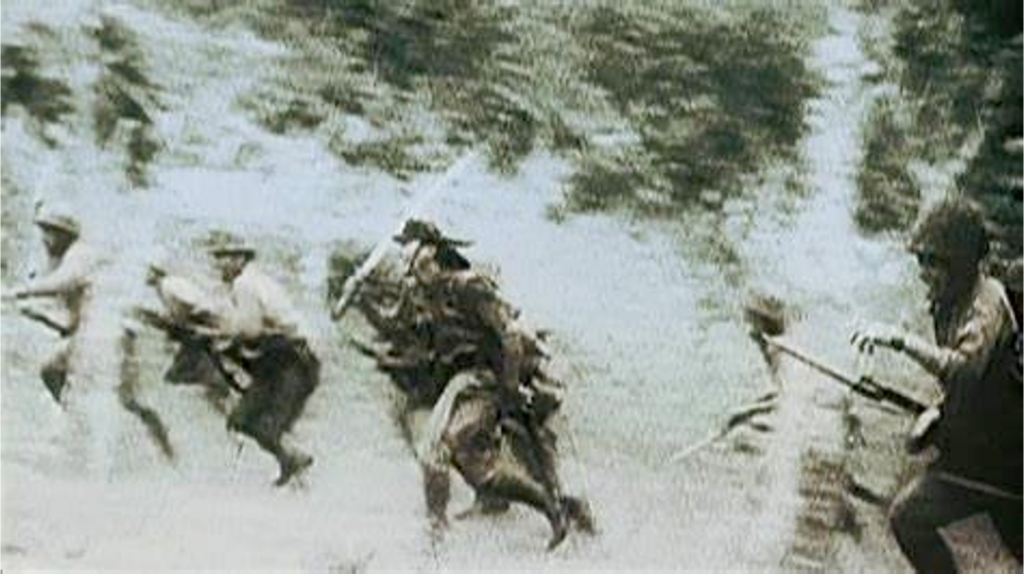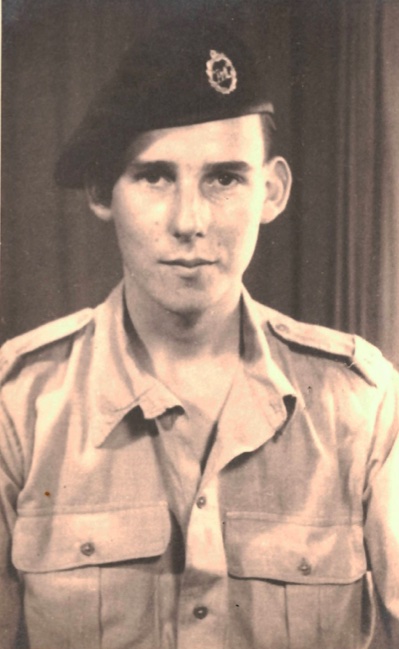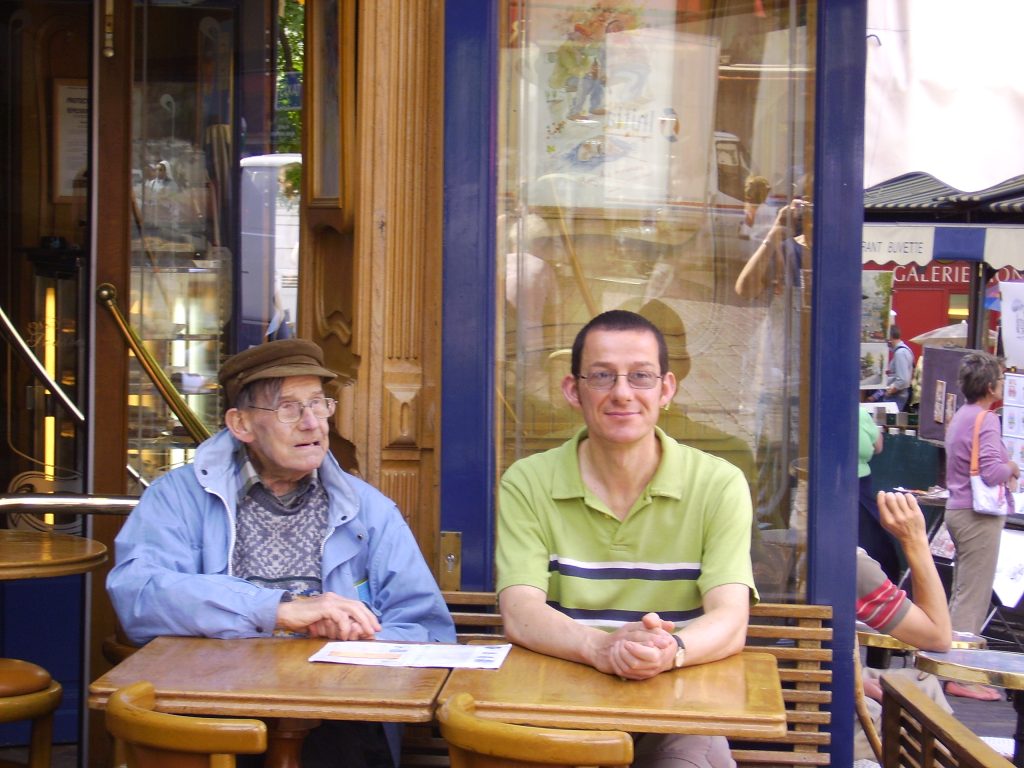The Battle of Admin Box in February 1944 was described by General Bill Slim, Commander of 14th Army, as “one of the historic successes of British arms. It was the turning point in the Burma Campaign.” Prior to 1944, the British had known only defeat at the hands of the Imperial Japanese Army, which seemed unstoppable. This aura of invincibility was shattered at the Battle of Admin Box.
Background
In 1942, Britain was humiliated by the Imperial Japanese Army. The British colonies of Malaya and Burma were conquered in months and the fortress of Singapore surrendered ignominiously, sending 85,000 troops into captivity – the worst defeat in British military history. The Japanese acquired an aura of invincibility, strengthened in 1943 by smashing a push into the Arakan in north-west Burma.
British-Indian armies relied on supply lines to deliver food, fuel & ammunition; this was precarious in Burma, with its hostile terrain, harsh weather & inadequate roads. Japanese armies travelled light and moved across country independently of roads and supply lines, even through jungle. They would sweep around opposing armies’ flanks & emerge behind them, sparking alarm, confusion and disordered withdrawals, with supplies and heavy equipment abandoned. Japanese troops fed themselves with what they captured from retreating opponents, which they called “Churchill rations”. This strategy was highly successful in 1942 and 1943.
In 1944, the Allies adopted a radical new tactic – to hold their ground even if supply lines were cut, instead supplying by air until relief arrived. Munitions & ten days food for 40,000 men were stock-piled in preparation at Indian airstrips, to be parachuted from fleets of Dakota C47 transport planes.
The Battle of Admin Box
February 4th 1944, in Arakan region of Burma, the Japanese used speed & deception to hook around & cut off the 7th Indian Division, overrunning its HQ. Scattered Indian & British troops gathered at the Admin Box depot where administrative staff had been based. Order of the Day from Supreme Allied Commander South East Asia was:
“Hold on at all costs. Large reinforcements are on their way”.
Tokyo media proclaimed:
“New British 14th Army Destroyed in One Thrust”.
“The March on Delhi has Begun”.
Admin Box was a scrub-covered bowl, surrounded by jungle-clad hills; exposed throughout, with nowhere to hide from Japanese artillery, mortars & snipers. There were insufficient troops to hold perimeters; instead, counter-attacks by West Yorkshire Regt & Grant tanks of the 25th Dragoons drove off encroaching Japanese.
Night attacks were the most terrifying. West York’s regimental history relates that
“Hearts sank with the sun & rose with the dawn”.
In the night of February 7th, Japanese broke into the Main Dressing Station & slaughtered 35 medical staff & patients. Their comrades could hear the massacre, but were ordered to hold their positions until dawn.
For the first week, the Box was strafed & bombed by Japanese planes. Where were the promised air-drops? Then, newly-arrived spitfires, flying from India, established air superiority. Supply drops began on February 11th, delivered by RAF & USAAF Dakotas.
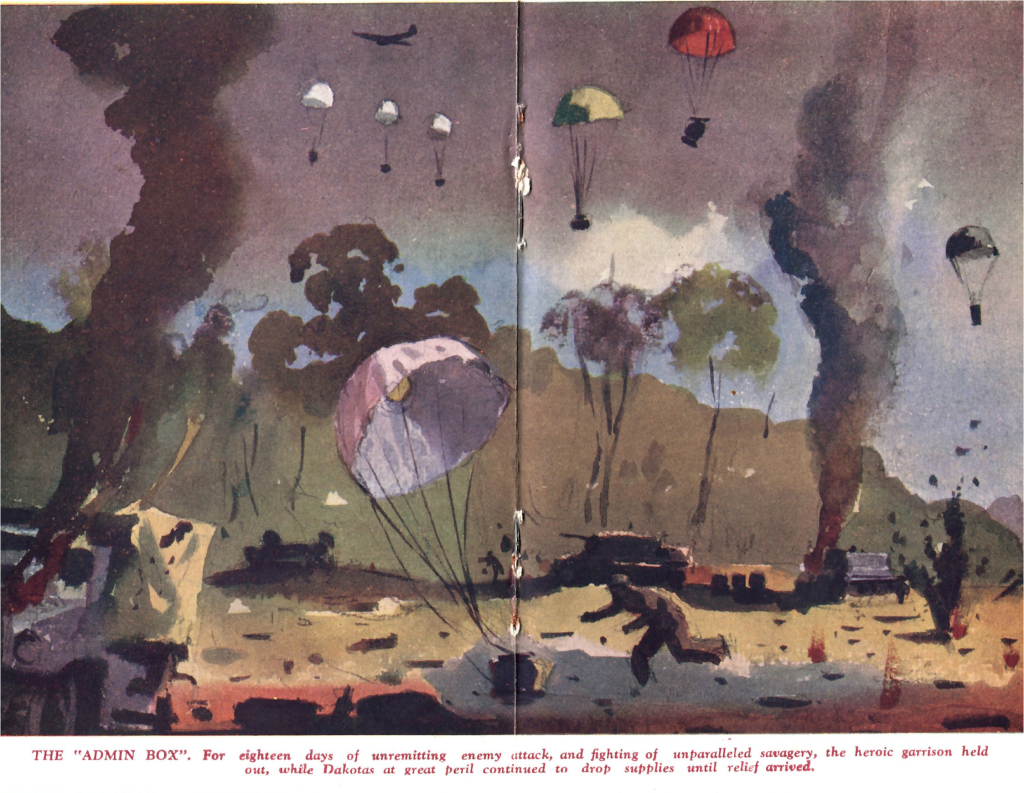
More than 1,600 tons of supplies were dropped, allowing Admin Box to hold out until relieved by 5th Indian Division on February 24th. The British & Indians had suffered about 2,000 casualties, including 500 killed. Some 5,000 Japanese dead were counted in the jungle around the Box.
The Turning Point in the Burma Campaign
The 5th & 7th Indian Divisions, whose destruction had been proclaimed by Japanese propaganda, were soon available to be air-lifted to the central front to play major roles in the battles of Kohima & Imphal. Such was the loss of face for the Japanese, that four generals applied immediately to the Emperor for permission to commit hari-kiri; he refused on the grounds that grave command problems would result, but granted permission for these suicides once Japan had won the war.
For the first time since Pearl Harbour a Japanese land offensive had failed. From this moment until their surrender, the Japanese were never to win another major victory.
British General Bill Slim, Commander of 14th Army, enthused that it “was the first occasion in this war in which a British force had withstood the full weight of a major Japanese offensive, held it, broken it, smashed it into little pieces and pursued it. Its effect, not only on the troops engaged but on the whole 14th Army, was immense. The legend of Japanese invincibility in the jungle … was smashed. Judged by the size of the forces engaged, it was not of great magnitude but it was, nevertheless, one of the historic successes of British arms. It was the turning point in the Burma Campaign.”
Colonel Frink of the 25th Dragoons described it as “one of the bitterest battles of modern times”. He had been one of the last to leave Dunkirk, commanding a squadron of tanks in a rear-guard action. He compared it to Admin Box: “In my opinion it was immeasurably worse than Dunkirk, owing to the ability of the enemy to get close under cover of jungle … We have had to sit around for days and nights, an easy target from every angle.”
Driving one of the tanks of 25th Dragoons was Private Dennis White, father of Kohima Museum curator Bob White. Below, they are pictured together in 2008. Dennis was wounded by shrapnel during the Battle of Admin Box. Despite his ordeal, he bore no resentment towards the Japanese.
Burma ’44 The Battle that Turned the War in the Far East by James Holland. A thrilling account of the Battle of Admin Box
